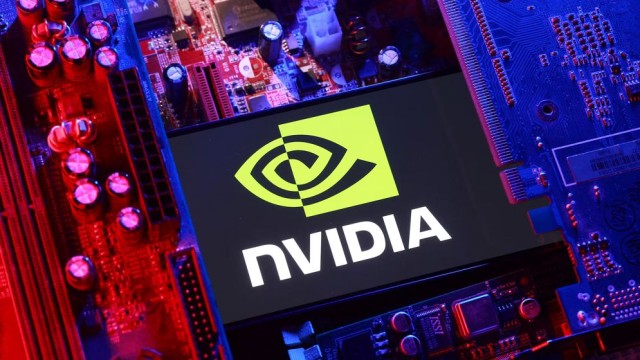Engineers at Columbia University have achieved a remarkable feat in robotics by creating a robot capable of mimicking human facial expressions with precision. Named 'Imo,' this robot marks a significant advancement in non-verbal communication between humans and machines.
Researchers assert that Imo's ability to replicate human facial expressions will revolutionize interactions between humans and robots. While previous robots focused primarily on verbal communication, Imo adds a new dimension by incorporating facial expressions and gestures into its interactions.
Published in Science Robotics, a study reveals that Imo can predict and mimic human expressions in real-time, even anticipating a person's smile milliseconds before replicating it. This predictive capability enhances the robot's ability to engage with humans seamlessly.
Lead author of the study, Yuhang Hu, explains the complexity behind creating expressive faces mechanically, citing the challenge of building 26 actuators to achieve lifelike expressions. Despite the intricacy involved, researchers remain committed to enhancing Imo's communication capabilities, with plans to integrate improved verbal communication in future iterations.
Imo is equipped with 26 actuators and covered with a silicone mask, enabling it to produce human-like facial expressions. The robot also features a high-resolution camera in its eye for enhanced interaction and eye contact, further enhancing its ability to engage with humans in a lifelike manner.
As technology continues to evolve, robots like Imo pave the way for more natural and intuitive interactions between humans and machines, ushering in a new era of human-robot collaboration and communication.































Comment: